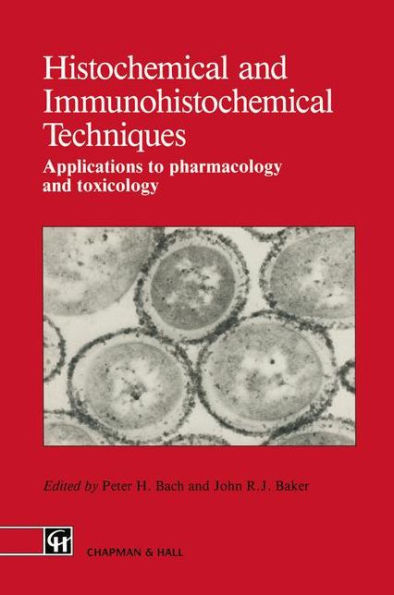5
1
9789401053709


Histochemical and Immunohistochemical Techniques: Applications to pharmacology and toxicology available in Paperback

Histochemical and Immunohistochemical Techniques: Applications to pharmacology and toxicology
- ISBN-10:
- 9401053707
- ISBN-13:
- 9789401053709
- Pub. Date:
- 11/05/2012
- Publisher:
- Springer Netherlands
- ISBN-10:
- 9401053707
- ISBN-13:
- 9789401053709
- Pub. Date:
- 11/05/2012
- Publisher:
- Springer Netherlands
54.99
In Stock

Product Details
| ISBN-13: | 9789401053709 |
|---|---|
| Publisher: | Springer Netherlands |
| Publication date: | 11/05/2012 |
| Edition description: | Softcover reprint of the original 1st ed. 1991 |
| Pages: | 289 |
| Product dimensions: | 5.98(w) x 9.02(h) x 0.03(d) |
From the B&N Reads Blog
